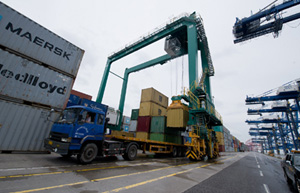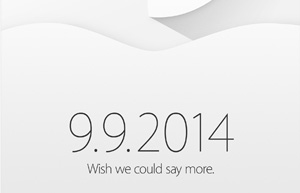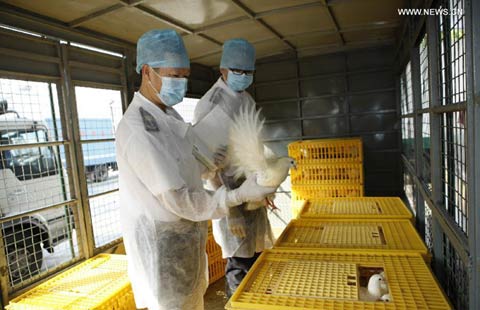China reports decent exports, weak imports and record high surplus again
(Xinhua) Updated: 2014-09-08 17:05Global prices of iron ore and crude oil, the two biggest import items for China, dropped 36 percent and 5 percent year-on-year, respectively in August, Lu said.
China's import growth of iron ore was at a healthy rate of 8.5 percent year-on-year in August in volume terms. But in value terms, iron ore import contracted 17.1 percent from a year earlier.
Import value of coal shrunk 41.2 percent in August from the 30.2 percent decline in July. That of steel products dropped 3.1 percent year-on-year in August, from the 5.9 percent rise in July, Lu said.
"One of the rare positive effects of slowing investment growth is declining commodity prices," Lu said.
Falling crude oil and iron ore prices could save China $5 billion per month on import bills for the rest of this year, according to Lu.
Both Chang and Lu expected current trade growth pattern - decent exports and soft imports - to continue in the second half of this year.
Entering into September, China's export growth is set to be boosted by iPhone 6, an American product assembled in China, by one percentage percent per month through year, and China is poised to have high single digit year-on-year export growth for the rest of this year, Lu said.
All iPhone 6, except those sold in China, are counted as exports. So the launch of iPhone 6 will boost exports, Lu said.
Kavin Lai was a bit more cautious. Poor import data do not bode well for exports going forward, should some of the import weakness reflect a cut-back in export orders, he said.
The latest export-orders component of the official manufacturing PMI, a key measure of factory activity in China, fell from 50.8 to 50, and the same happened in the HSBC PMI, Lai said.
Chang also said the record high trade surplus is likely to add further upward pressure on value of the Chinese yuan in the near term.
There could be more volatility in the exchange rate and higher demand for the yuan in the offshore market, she added.
|
 |
 |
| China's exports expand 9.4% in August | Five predictions for Apple's September 9 event |
- China reports decent exports, weak imports and record high surplus again
- International investment, trade fair opens in Xiamen
- China allocates funds for crop diseases, pests control
- China's shift to high-end electronics takes time: HSBC
- China drops anti-dumping measures on imported rubber
- Carlyle raises $3.9b for Asia fund
- $6b in foreign trade contracts signed at China-Eurasia Expo
- Debts pile up, weighing on steelmakers
















